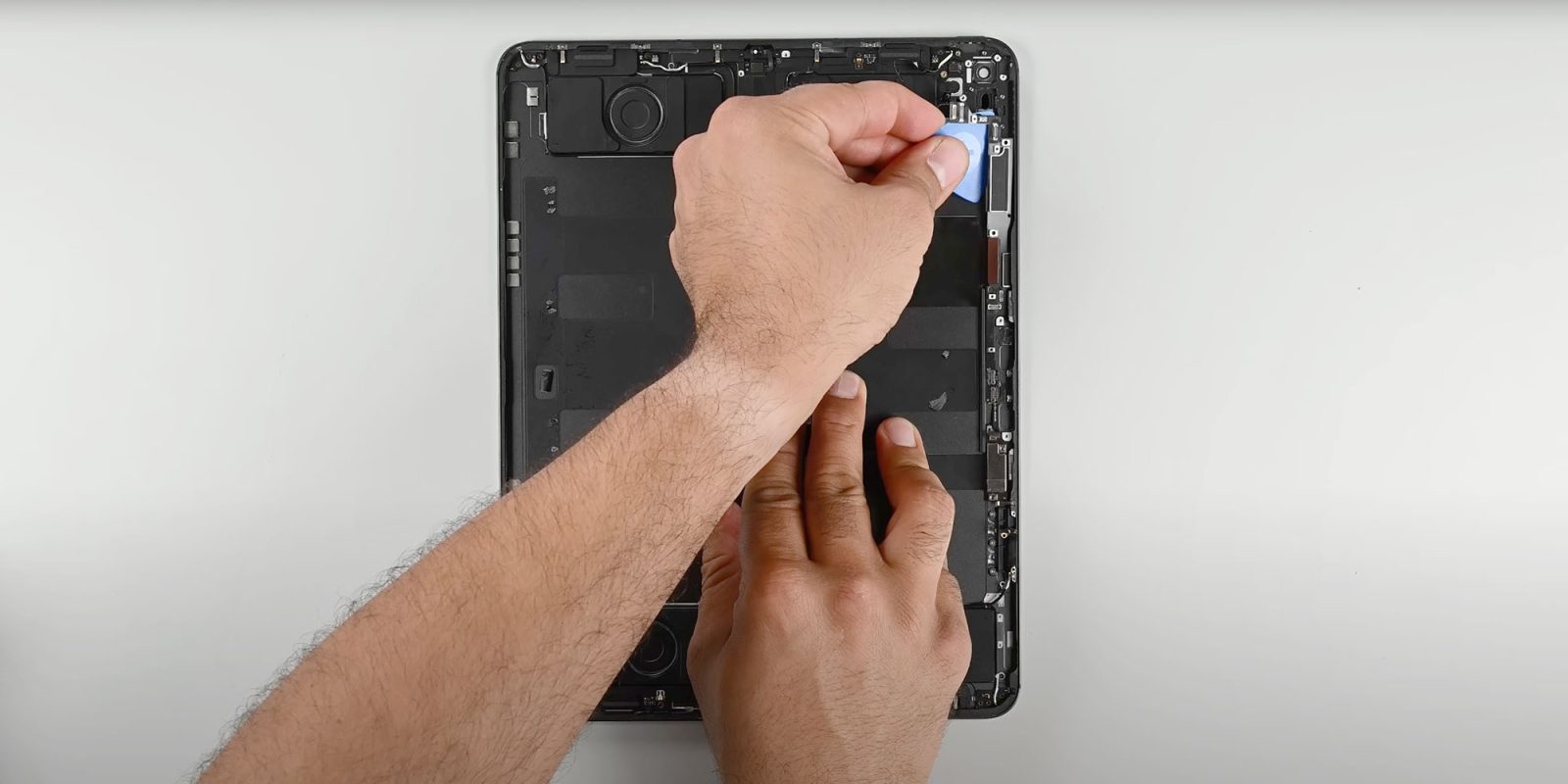Apple is under scrutiny for allegedly inflating prices on parts for its Self Service Repair program, particularly for iPads. A recent report from 404 Media suggests that the cost of replacement parts is so high that it discourages users from repairing their devices, leading them to consider purchasing new models instead.
The controversy follows Apple’s expansion of its Self Service Repair program to include iPads for the first time in May 2022. This initiative was designed to provide consumers with access to repair manuals, genuine parts, and tools for repairs. The announcement highlighted support for several iPad models, including the iPad Air (M2 and later) and iPad Pro (M4), among others.
Despite these advancements, independent repair professionals are raising concerns about the affordability of replacement parts. In an interview with 404 Media, repair technician Brian Clark noted the steep prices. For example, a digitizer for the iPad A16 costs $200 from Apple, while third-party suppliers offer similar parts for around $50. This pricing structure raises questions about the actual intent behind the program.
The report provides additional examples that illustrate the financial burden of self-service repairs. For instance, the replacement screen assembly for an iPad Pro 13 is priced at $749 from Apple. Such costs suggest that opting for repairs could be almost as expensive as purchasing a new device, undermining the purpose of the Self Service Repair initiative.
While Apple maintains that it complies with right-to-repair regulations, the high costs associated with its self-service parts could deter users from choosing this option. The report indicates that while some states have laws supporting repair rights, the economic realities may lead consumers to forgo repairs entirely.
Consequently, independent repair shops could see an increase in demand as customers seek more affordable and efficient repair solutions. Although this shift has yet to materialize significantly, the potential for independent shops to thrive exists if repair costs remain prohibitive through Apple’s offerings.
As the debate over repairability continues, consumers are encouraged to weigh their options carefully. The pricing strategies of major tech companies like Apple are increasingly under the spotlight as more users advocate for greater access to affordable repairs.
Apple’s Self Service Repair program aims to empower consumers, but the effectiveness of this initiative remains in question. As users share their experiences, the conversation surrounding repair rights and corporate responsibility is likely to evolve.































































